.png)
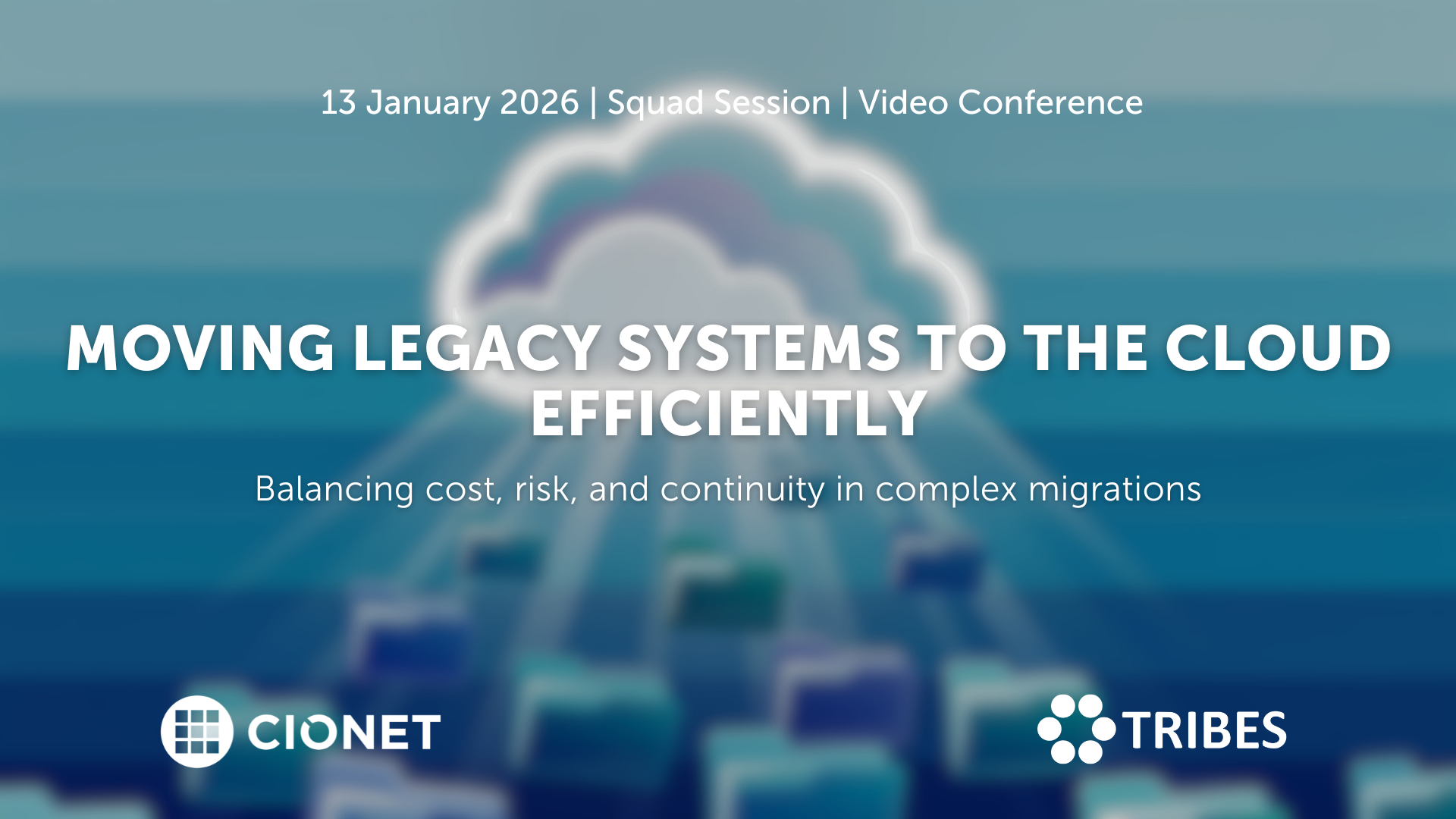
Belgium 13-1-26 Squad Only Virtual english
Migrating legacy systems to the cloud remains one of the toughest balancing acts in IT. Every choice affects stability, cost, and trust at once, and what starts as a modernisation effort quickly turns into a negotiation between ambition and reality. Suddenly budgets rise, dependencies appear late, and timelines tighten as old architectures collide with new expectations. In the end, success depends on sequencing, ownership, and aligning business priorities with infrastructure limits, and not only on technical readiness. Making it work requires more than a plan on paper. Knowing which systems genuinely belong in the cloud, which can wait, and which should stay put shapes the entire roadmap and defines its success. Each refactoring decision sets the level of future flexibility, but it also drives cost and risk. The trade-offs between speed, sustainability, and resilience only become clear once migration begins and pressure builds. Let’s discuss how to plan migrations that stay on track, manage hidden dependencies, and handle downtime with confidence. Let’s also discuss how governance, testing, and vendor coordination keep progress visible and credible. Are you in? A closed conversation for those who turn cloud migration from a disruption into a long-term advantage.
Read More.png)
Belgium 20-1-26 All Members Physical english
CIOs today are being judged less as technology leaders and more as portfolio managers. Every euro is under scrutiny. Boards and CFOs demand lower run costs, higher efficiency, and clear ROI from every digital initiative. Yet, they also expect CIOs to place bets on disruptive technologies that will keep the enterprise competitive in five years. This constant tension is redefining the role. In this session, we go beyond FinOps and cost reporting to tackle the strategic financial dilemmas CIOs face.
Read More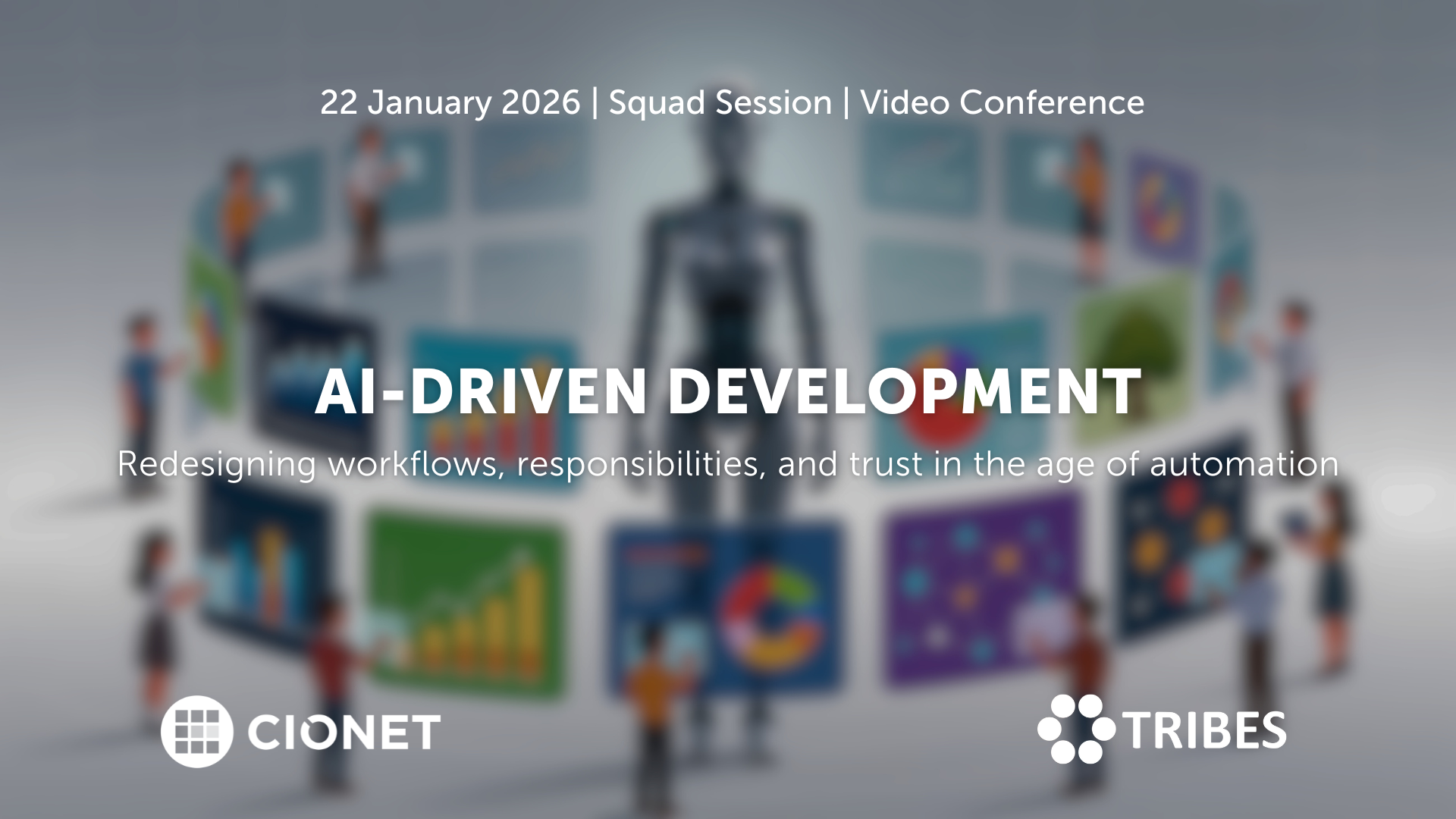
Belgium 22-1-26 Invitation Only Virtual english
AI coding assistants entered development teams quietly, but their impact grows by the day. What started as autocomplete now shapes architecture decisions, documentation, and testing. And when productivity gains are visible, so are new risks: security blind spots, uneven quality, and the slow erosion of shared standards. Teams move faster, but not always in the same direction. The challenge has become integration rather than adoption. And new questions have risen: how do you blend automation into established practices without losing oversight? When is human review still essential, and what should the rules of collaboration between developer and machine look like? As AI tools learn from proprietary code, where do responsibility and accountability sit? Let’s talk about how to redefine those workflows, balancing creativity with control, and protecting code quality in a hybrid human-AI environment. A closed conversation on where AI accelerates progress, where it introduces new debt, and how development culture must evolve to stay credible.
Read More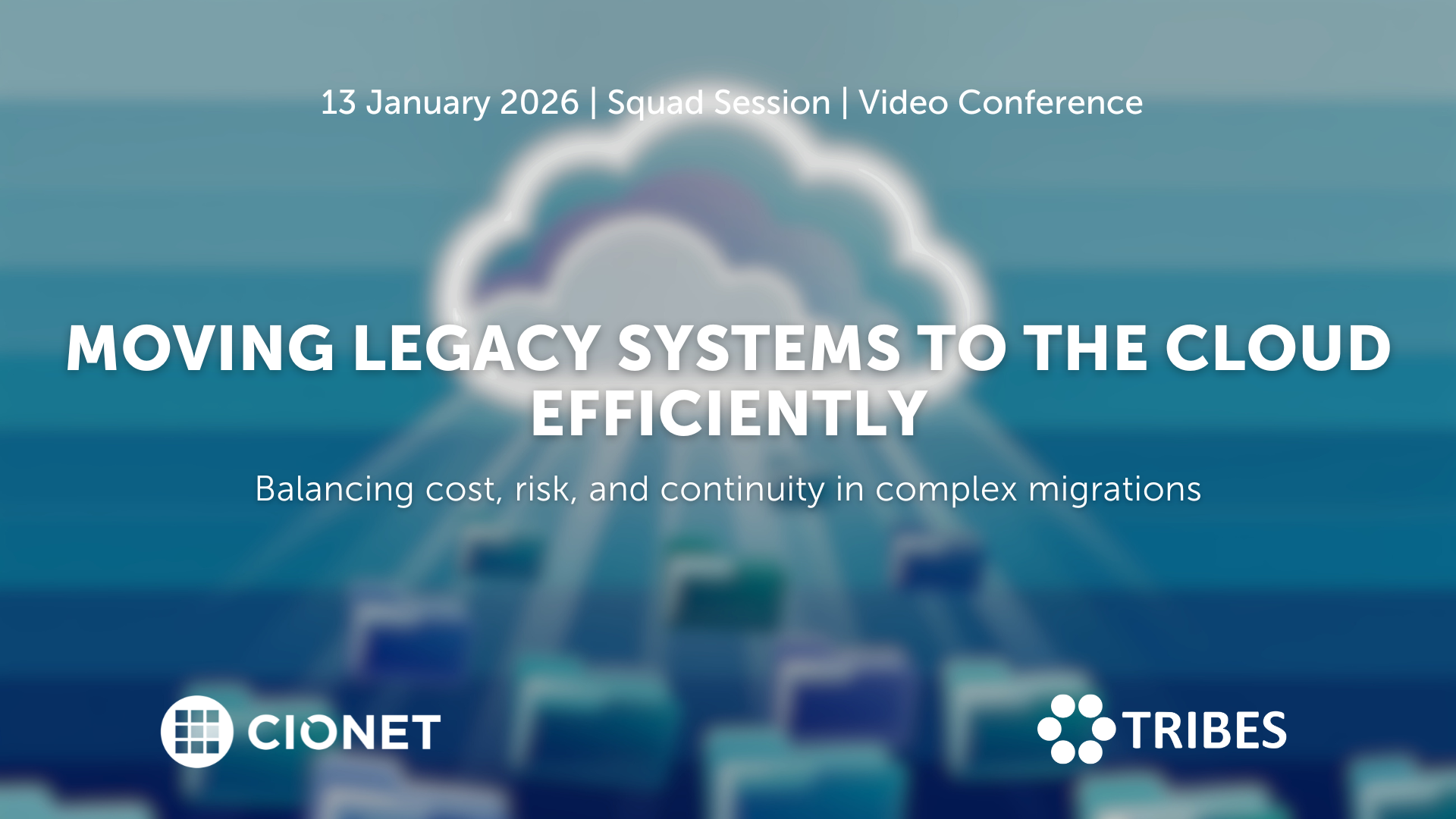
January 13, 2026 Squad Session Invitation Only Virtual english
Migrating legacy systems to the cloud remains one of the toughest balancing acts in IT. Every choice affects stability, cost, and trust at once, and what starts as a modernisation effort quickly turns into a negotiation between ambition and reality. Suddenly budgets rise, dependencies appear late, and timelines tighten as old architectures collide with new expectations. In the end, success depends on sequencing, ownership, and aligning business priorities with infrastructure limits, and not only on technical readiness. Making it work requires more than a plan on paper. Knowing which systems genuinely belong in the cloud, which can wait, and which should stay put shapes the entire roadmap and defines its success. Each refactoring decision sets the level of future flexibility, but it also drives cost and risk. The trade-offs between speed, sustainability, and resilience only become clear once migration begins and pressure builds. Let’s discuss how to plan migrations that stay on track, manage hidden dependencies, and handle downtime with confidence. Let’s also discuss how governance, testing, and vendor coordination keep progress visible and credible. Are you in? A closed conversation for those who turn cloud migration from a disruption into a long-term advantage.
Read More
January 22, 2026 Squad Session Invitation Only Virtual english
AI coding assistants entered development teams quietly, but their impact grows by the day. What started as autocomplete now shapes architecture decisions, documentation, and testing. And when productivity gains are visible, so are new risks: security blind spots, uneven quality, and the slow erosion of shared standards. Teams move faster, but not always in the same direction. The challenge has become integration rather than adoption. And new questions have risen: how do you blend automation into established practices without losing oversight? When is human review still essential, and what should the rules of collaboration between developer and machine look like? As AI tools learn from proprietary code, where do responsibility and accountability sit? Let’s talk about how to redefine those workflows, balancing creativity with control, and protecting code quality in a hybrid human-AI environment. A closed conversation on where AI accelerates progress, where it introduces new debt, and how development culture must evolve to stay credible.
Read More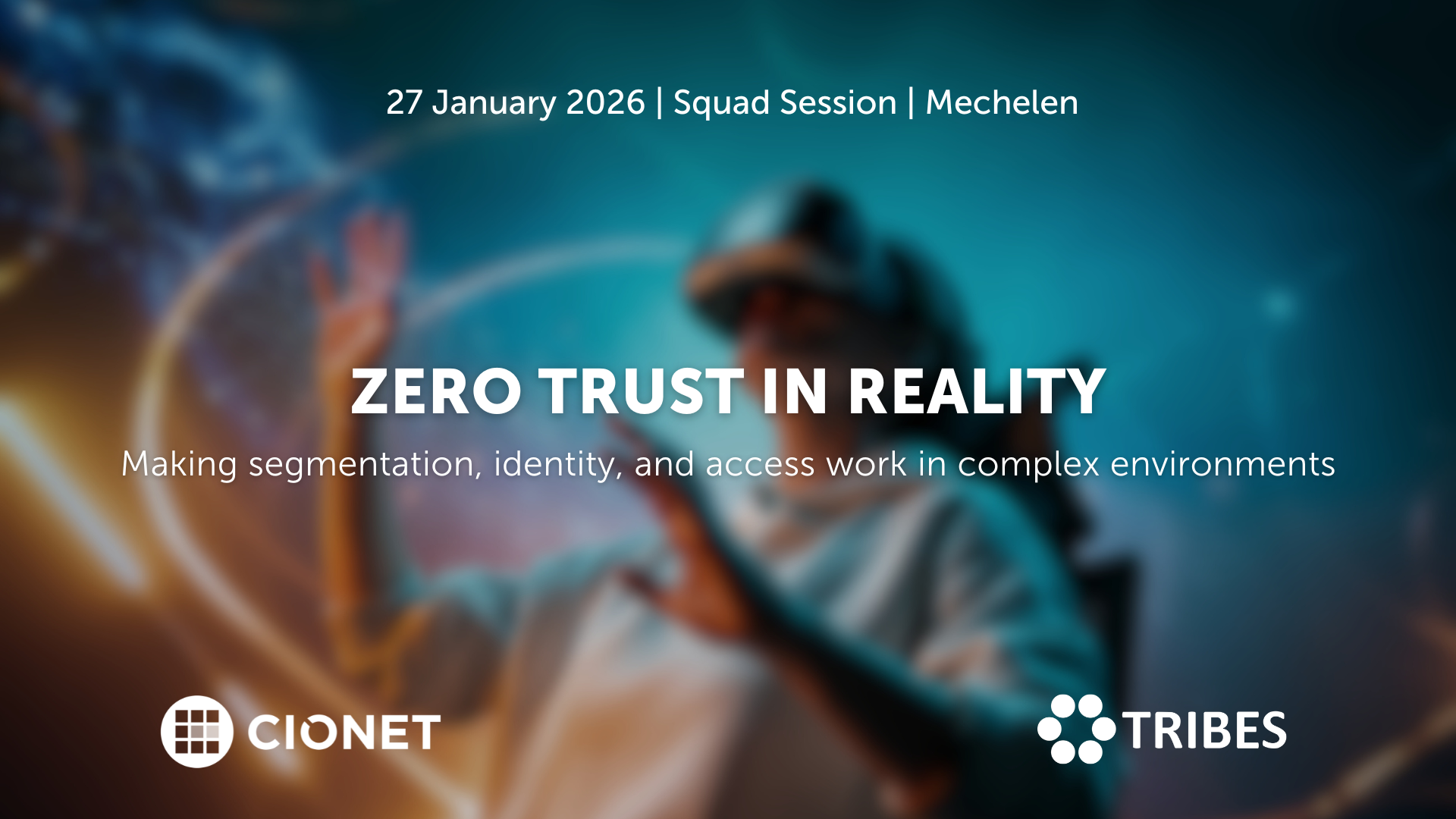
January 27, 2026 Squad Session Invitation Only Physical english
Zero Trust sounds simple on paper: trust no one, verify everything. But once you start implementing it, the fun begins. Legacy systems, hybrid networks, and human habits don’t read the manual. The idea is solid; the execution, not so much.
Read More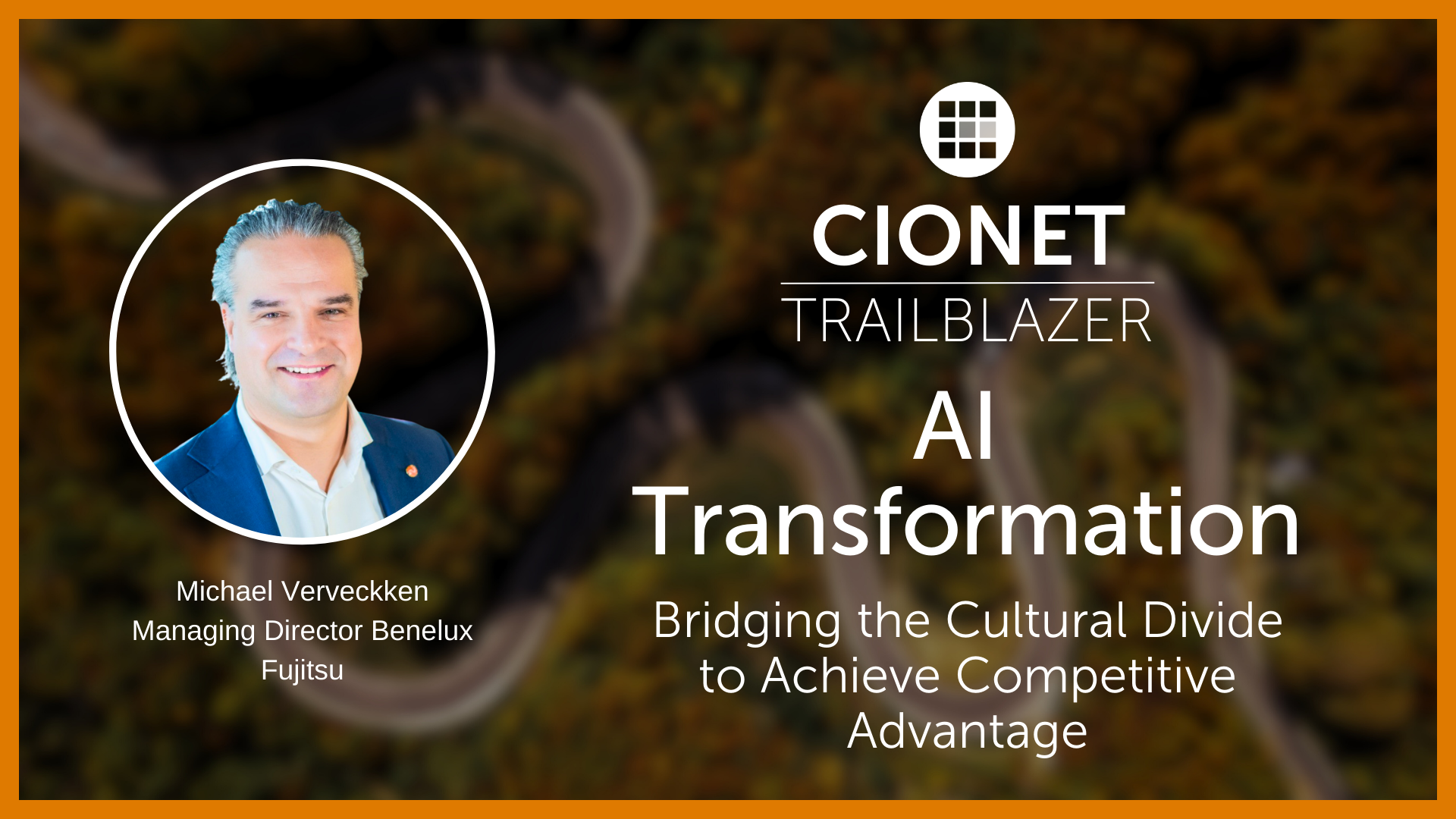
CIONET Trailblazer: AI Transformation: Bridging the Cultural Divide to Achieve Competitive Advantage
Published on: December 17, 2025 @ 9:16 AM
Market leader TIM Group migrates to Red Hat OpenShift 4
TIM Group decided to migrate its existing Red Hat environment to Red Hat OpenShift 4. With help from a Red Hat, TIM successfully migrated critical business support system (BSS) applications with no downtime. The group can provision new container clusters in days. Cluster management and security is also easier and faster, with automated updates.
TIM Group is the leading information and communications technology (ICT) provider in Italy and Brazil and operates more than 100 million mobile and fixed lines. To take advantage of new management and data capabilities, TIM decided to migrate its existing Red Hat environment to Red Hat OpenShift 4. With help from a Red Hat Technical Account Manager (TAM), a dedicated expert and point of contact, TIM successfully migrated critical business support system (BSS) applications with no downtime. The group can now provision new container clusters in days, rather than months. Cluster management and security is also easier and faster, with automated updates that free staff to focus on more valuable projects.
The TIM Group is the leading information and communications technology (ICT) group in Italy and Brazil. The group offers fixed, mobile, cloud and datacenter infrastructure, as well as communications and entertainment services for individuals, small and medium enterprises, large companies, private and public sector, and wholesale.TIM operates more than 100 million mobile and fixed lines across both countries.
More than four years ago, TIM implemented Red Hat OpenShift. Running in a virtualized datacenter environment, this architecture, with more than 1000 vCores, supports the transformation from monolithic application architectures to microservices applications for both front-end digital channels and back-end services, including the most critical for business.
To continue improving its service delivery, TIM sought to take advantage of new capabilities in Red Hat OpenShift 4—such as self-management and cluster automation—for many critical applications, but a complex environment risked business disruption during the upgrade. Each live application needed to be migrated across five environments: development, three testing environments, and production.
“We could see that these new technology capabilities would provide many benefits to our developer and customer experience,” said Alessandro Bertini, BSS Platform Group Technical Lead, TIM. “But we also needed to avoid any extended maintenance windows or unplanned downtime that could lead to downtime for our business support system.”
TIM developers, architects, and application managers worked with the group’s Red Hat Technical Account Manager (TAM) to assist with the complex migration and optimize the group’s container platform investment. Red Hat TAMs work with customers to provide ongoing, security-focused guidance, functioning as a single point of contact for insight from an extended team of Red Hat product and support experts.
Together, TIM and its Red Hat TAM used Red Hat’s migration toolkit for containers to complete all migrations in just six months. This solution provides open source tools, including a web console and application programming interface (API) for migrating applications from the source cluster on Red Hat OpenShift 3 to a specified cluster on the latest Red Hat OpenShift release.
The group runs its updated Red Hat OpenShift environment on Red Hat Enterprise Linux CoreOS, a lightweight operating system that provides the stability of Red Hat Enterprise Linux within the container platform.
“Our Red Hat TAM helped us plan the migration, with a breakdown of tasks and any prerequisites,” said Bertini. “He ensured any compatibility issues with legacy applications were resolved quickly. He’s involved in everything we do with our Red Hat OpenShift platform, and his support was critical to extending our team to complete the migration successfully.”
In addition to ongoing support from its Red Hat TAM, TIM also works closely with a Red Hat Customer Success Manager to orchestrate and monitor performance across its container environment.
Using the migration toolkit for containers web console, TIM established an automated approach that standardized and simplified the migration process compared to a manual approach. After creating a replication repository, adding the source cluster, and establishing the migration plan, no further manual work is required, eliminating the risk of human error or inconsistent configuration that could create service downtime or outages.
“With the toolkit, every application was migrated in the exact same way and remained the same as much as possible,” said Bertini. “Our critical BSS applications continue to operate without any issues, so we can continue to offer reliable infrastructure and telecommunications services to our customers as we deliver new, valuable features.”
Instead of five environments, the group’s new Red Hat OpenShift 4 infrastructure comprises a single production cluster and a single testing cluster, each running in different virtual machines (VMs) for resilience.
A simpler environment architecture, combined with a new operating system, has helped TIM reduce cluster provisioning time from months to days. TIM’s IT teams can now access a new cluster in 7-10 days, instead of 2.5 months.
“With Red Hat Enterprise Linux CoreOS, we no longer need to install lots of software on the virtual server each time we provision a new cluster,” said Bertini. “We can go straight from creating the final, approved container image to being ready to deploy to our production VM in a single step.”
Management of TIM’s new container environment is also much more efficient, with automated, over-the-air updates for OpenShift. The OpenShift Update Service built-in feature automatically builds and notifies the operations team of updates based on recommended, tested paths. As a result, TIM can update an entire Red Hat OpenShift cluster, as well as its Red Hat Enterprise Linux CoreOS deployment, in a single process.
Resilient, persistent software-defined storage based on Ceph® storage technology also helps TIM upgrade its Red Hat OpenShift clusters without affecting application performance. "We were happy to switch the storage technology from Gluster® to Ceph because the last one is a more robust and supported product. We are not using OpenShift Data Foundation."
“Updating our OpenShift clusters with the OpenShift Update Service accelerates our ability to stay current with the latest features, bug fixes, and enhancements. It’s a much simpler process that helps us scale as needed to meet demand.”
With only about half as many staff needed to manage its OpenShift and Linux platforms, TIM has freed resources to focus on more valuable projects, such as analyzing the adoption of hybrid cloud environments or working to make new OpenShift features that are not currently used available for developers.
TIM’s software architect team is now exploring other features of its updated container platform, including Red Hat OpenShift Service Mesh, a component that provides a distributed microservice architecture, and Red Hat Quay, a container registry that helps customers build, analyze, distribute, and deploy container images. “In particular, we’d like to use Red Hat Quay to set up a process that uses a certified base to increase application security,” said Bertini.
The team is also running developer workshops to introduce the new Red Hat OpenShift 4 features and encourage their adoption.
“As more of our telco services move to an as-a-Service model, we are transforming our legacy application architecture to a microservices architecture,” said Bertini. ”Red Hat provides the robust yet easy to manage technology that we need to support this new approach.”
309 Views 1 Likes Read More
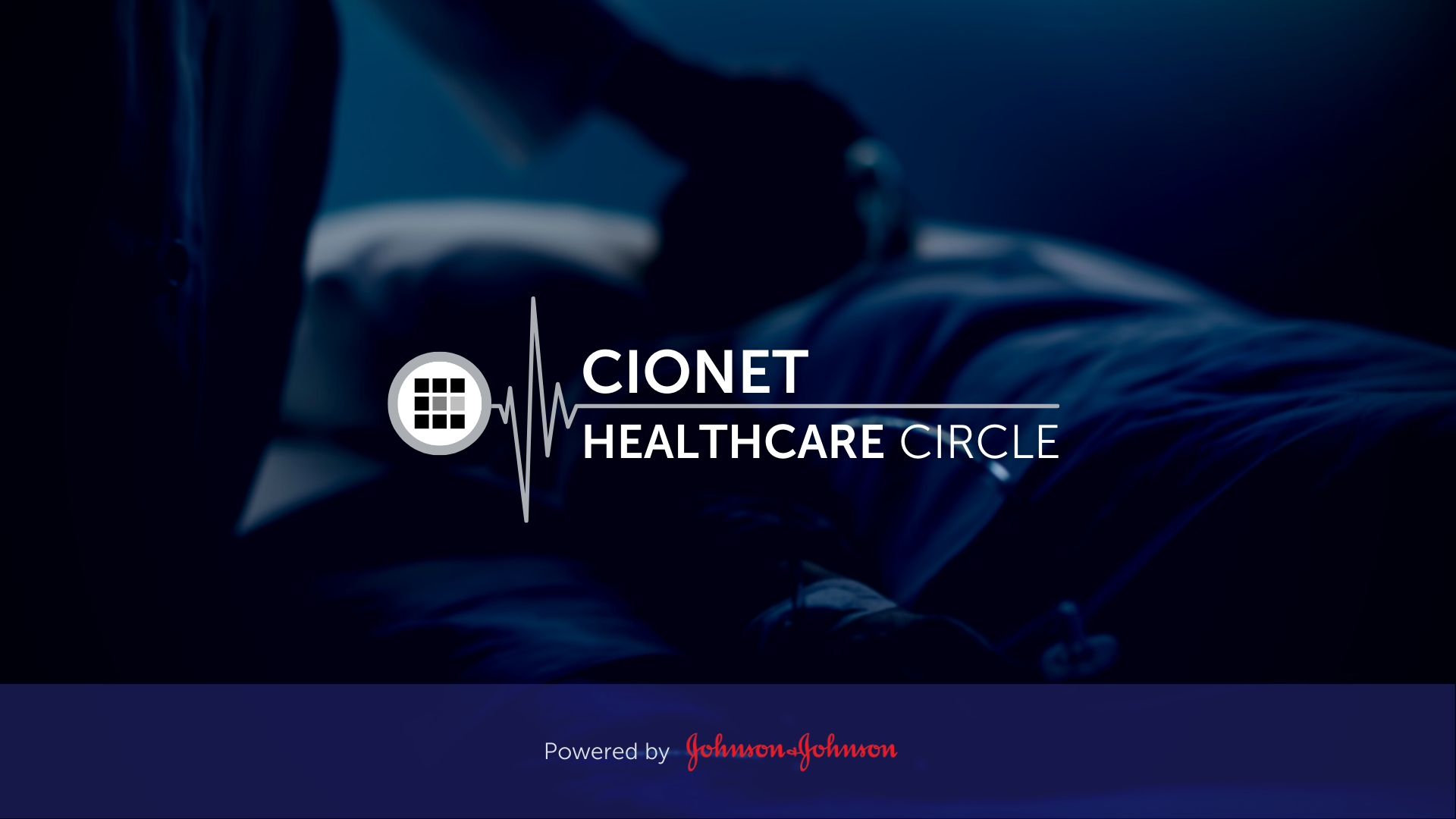
Digital Transformation is redefining the future of health care and health delivery. All stakeholders are convinced that these innovations will create value for patients, healthcare practitioners, hospitals, and governments along the patient pathway. The benefits are starting from prevention and awareness to diagnosis, treatment, short- and long-term follow-up, and ultimately survival. But how do you make sure that your working towards an architecturally sound, secure and interoperable health IT ecosystem for your hospital and avoid implementing a hodgepodge of spot solutions? How does your IT department work together with the other stakeholders, such as the doctors and other healthcare practitioners, Life Sciences companies, Tech companies, regulators and your internal governance and administrative bodies?
Read More
The Telenet Business Leadership Circle powered by CIONET, offers a platform where IT executives and thought leaders can meet to inspire each other and share best practices. We want to be a facilitator who helps you optimise the performance of your IT function and your business by embracing the endless opportunities that digital change brings.
Read More
Découvrez la dynamique du leadership numérique aux Rencontres de CIONET, le programme francophone exclusif de CIONET pour les leaders numériques en Belgique, rendu possible grâce au soutien et à l'engagement de nos partenaires de programme : Deloitte, Denodo et Red Hat. Rejoignez trois événements inspirants par an à Liège, Namur et en Brabant Wallon, où des CIOs et des experts numériques francophones de premier plan partagent leurs perspectives et expériences sur des thèmes d'affaires et de IT actuels. Laissez-vous inspirer et apprenez des meilleurs du secteur lors de sessions captivantes conçues spécialement pour soutenir et enrichir votre rôle en tant que CIO pair. Ne manquez pas cette opportunité de faire partie d'un réseau exceptionnel d'innovateurs numériques !
Read More
CIONET is committed to highlighting and celebrating female role models in IT, Tech & Digital, creating a leadership programme that empowers and elevates women within the tech industry. This initiative is dedicated to showcasing the achievements and successes of leading women, fostering an environment where female role models are recognised, and their contributions can ignite progress and inspire the next generation of women in IT. Our mission is to shine the spotlight a little brighter on female role models in IT, Tech & Digital, and to empower each other through this inner network community.
Read More


-Apr-01-2022-10-58-34-57-AM.png)



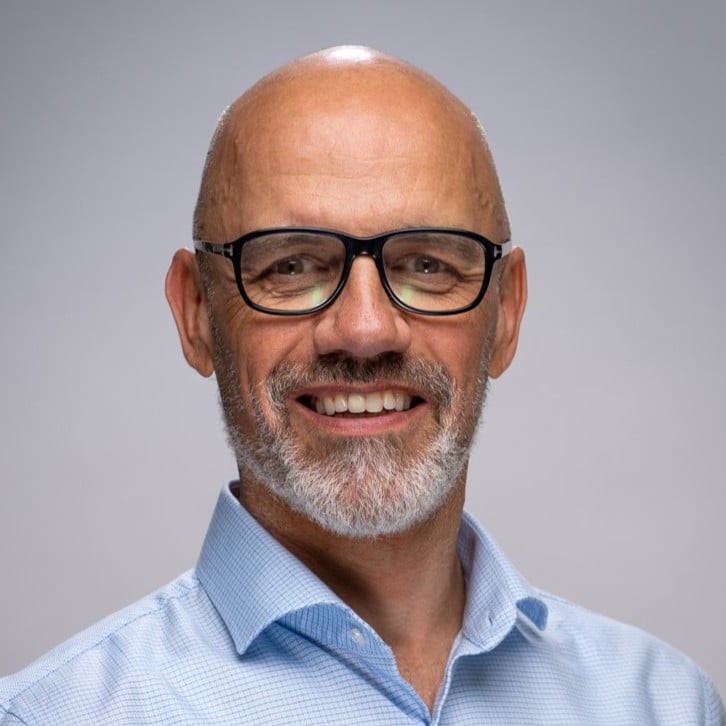

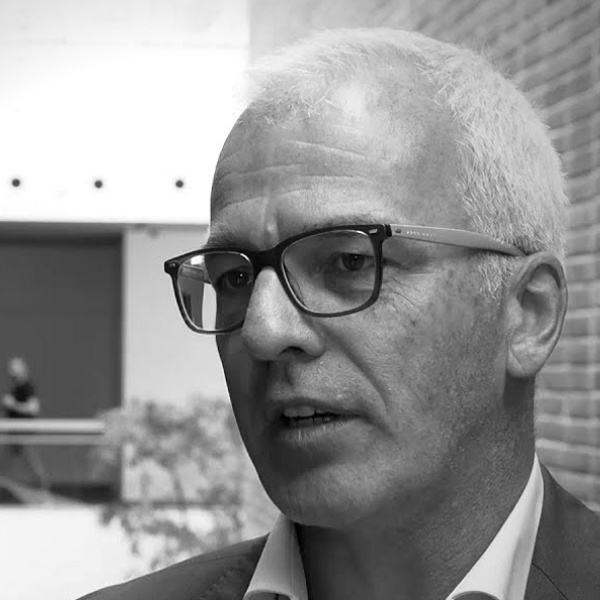





-Dec-13-2023-10-53-15-5032-AM.png)




-Jun-12-2023-01-23-11-7540-PM.png)





-Apr-01-2022-10-58-34-68-AM.png)










-2.jpg)




-Sep-01-2022-02-47-55-60-PM.png)
-Nov-22-2023-08-56-42-6802-AM.png)
.png)

Would you like to know more about CIONET Belgium, membership or partnership opportunities? Do you have feedback or any other question? Send us a message!
You can either send us a registered handwritten letter explaining why you'd like to become a member or you can simply talk to us right here!